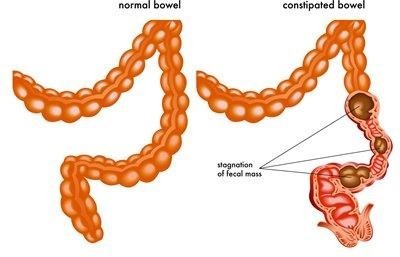A client with influenza is admitted to the medical unit. The nurse observes an unlicensed assistive personnel (UAP) preparing to enter the client's room to take vital signs and assist with personal care. The UAP has applied gloves and a gown. Which action should the nurse take?
Review the need for the UAP to wear a face mask while in close contact with the client.
Remind the UAP to apply a fitted respirator mask before entering the client's room.
Assign the UAP to provide care for another client and assume full care of the client.
Instruct the UAP to notify the nurse of any changes in the client's respiratory status.
The Correct Answer is A
Choice A Reason: Influenza is transmitted primarily through respiratory droplets. Droplet precautions require healthcare workers to wear a mask (surgical mask) when in close contact with a client. The UAP is already wearing gloves and a gown, which are appropriate for contact precautions but incomplete without a face mask for droplet protection.
Choice B Reason: A fitted respirator (e.g., N95) is unnecessary unless the client is suspected or confirmed to have an airborne transmissible disease such as tuberculosis. Influenza does not require airborne precautions.
Choice C Reason: Assigning the UAP to provide care for another client and assuming full care of the client is not necessary or feasible because it would increase the workload of the nurse and reduce the quality of care for both clients. The UAP can still assist with care for clients with influenza as long as they follow proper infection control measures.
Choice D Reason: Instructing the UAP to notify the nurse of any changes in the client's respiratory status is important but not a priority action because it does not address the issue of preventing transmission of influenza. The nurse should first ensure that the UAP wears appropriate personal protective equipment before entering the client's room.
Nursing Test Bank
Naxlex Comprehensive Predictor Exams
Related Questions
Correct Answer is A
Explanation
Choice A Reason: This role is responsible for coordinating the continuum of care for clients with complex health needs, such as head injury. The nurse case manager collaborates with the interdisciplinary team, the client, and the family to plan, implement, and evaluate the client's care from admission to discharge.
Choice B Reason: This role is responsible for providing primary and specialty care to adults, such as diagnosing and treating acute and chronic conditions, prescribing medications, and ordering tests. The adult nurse practitioner may be involved in the client's care, but not in coordinating it.
Choice C Reason: This role is responsible for managing the daily operations of the neurology unit, such as staffing, budgeting, quality improvement, and staff development. The neurology unit supervisor may oversee the client's care while on the unit, but not throughout the continuum of care.
Choice D Reason: This role is responsible for identifying and preventing potential risks and liabilities in the healthcare setting, such as errors, injuries, infections, or lawsuits. The risk management nurse may monitor the client's care for quality and safety issues, but not for coordination.
Correct Answer is D
Explanation
Choice A Reason: Listening for the presence of bowel sounds is not a task that the home health aide can perform, as it requires a stethoscope and clinical judgment. This task is within the scope of practice of the nurse, who should assess the client's bowel function and abdominal status.
Choice B Reason: Teaching the client about foods high in fiber is not a task that the home health aide can perform, as it requires knowledge and education skills. This task is within the scope of practice of the nurse, who should provide dietary advice and counseling to the client and their family.
Choice C Reason: Administering a prescribed dose of a laxative is not a task that the home health aide can perform, as it requires medication administration skills and authority. This task is within the scope of practice of the nurse, who should check the medication order, verify the dosage and route, and document the administration.
Choice D Reason: Assisting the client to drink warm prune juice is a task that the home health aide can perform, as it requires basic care and assistance skills. This task is appropriate for the home health aide, who should encourage fluid intake and offer natural remedies for constipation, such as prune juice, which has laxative effects.

Whether you are a student looking to ace your exams or a practicing nurse seeking to enhance your expertise , our nursing education contents will empower you with the confidence and competence to make a difference in the lives of patients and become a respected leader in the healthcare field.
Visit Naxlex, invest in your future and unlock endless possibilities with our unparalleled nursing education contents today
Report Wrong Answer on the Current Question
Do you disagree with the answer? If yes, what is your expected answer? Explain.
Kindly be descriptive with the issue you are facing.
